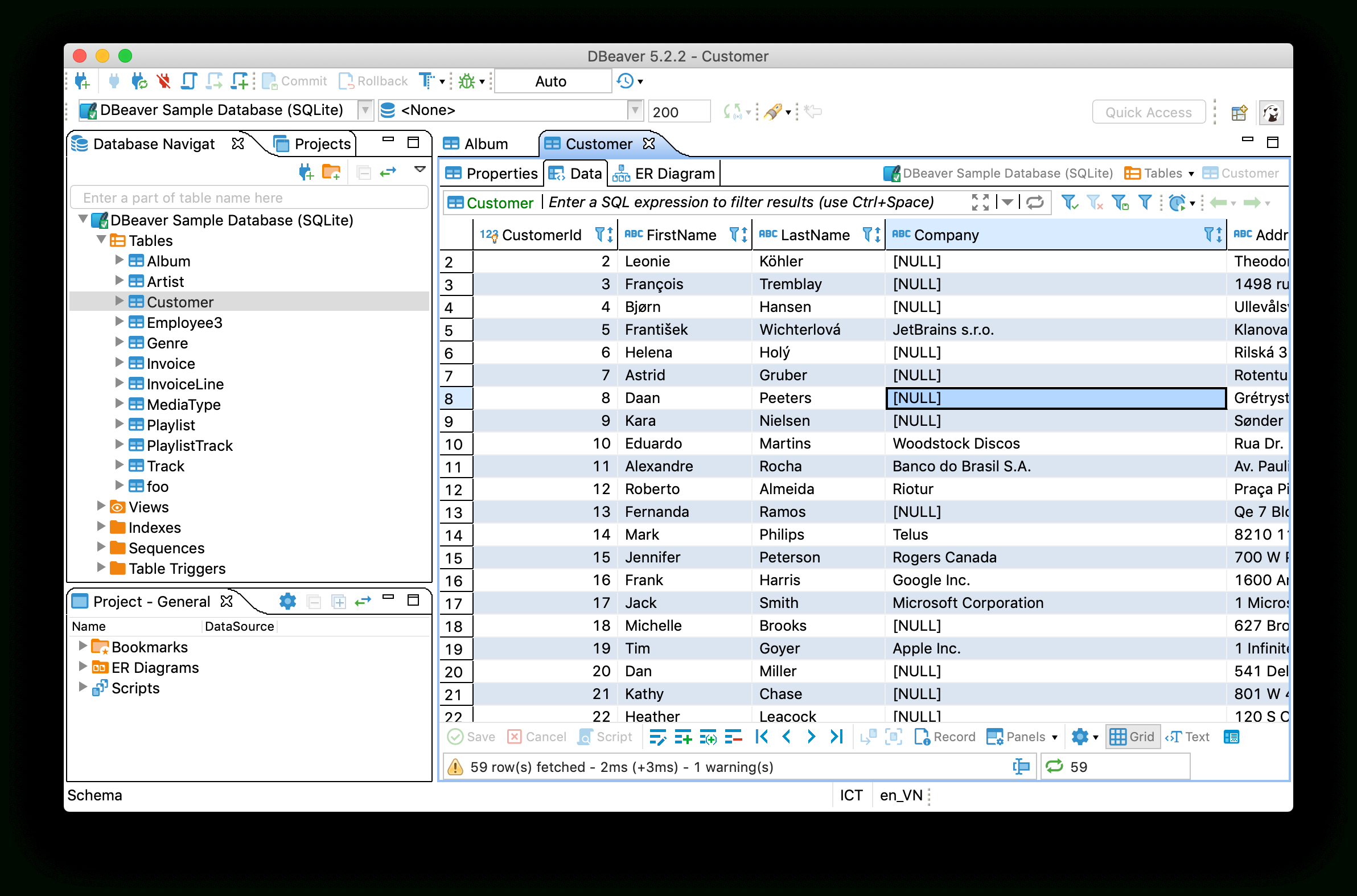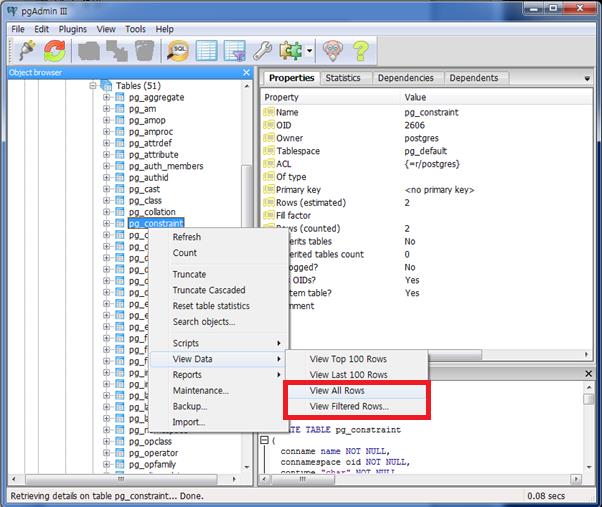

pgAdmin UI consists of detachable panels that you can arrange according to your likings.Since pgAdmin is a web application, you can deploy it on any server and access it remotely.The dashboard lets you monitor server activities such as database locks, connected sessions, and prepared transaction.Graphical query planning tool with syntax highlighting.Create, view and edit on all common PostgreSQL objects.Here are some of the top reasons why PostgreSQL users love pgAdmin: pgAdmin is used by both novice and seasoned DBAs and developers for database administration.
PGADMIN VS DBEAVER FREE
It supports all PostgreSQL operations and features while being free and open-source. PgAdmin is the de facto GUI tool for PostgreSQL, and the first tool anyone would use for PostgreSQL. Let’s start with the first and most popular one. Today I will tell you about the 5 best PostgreSQL GUI tools. So, bottom line, GUI tools make PostgreSQL developers lives easier.

Shortcut keys make it easier to use, and much easier to learn for new users.Now that we understand the issues users face with the CLI, let’s take a look at the advantages of using a PostgreSQL GUI: I believe anyone who comes to programming after 2010 will tell you GUI tools increase their productivity over a CLI solution. Many still prefer CLIs over GUIs, but this set is ever so shrinking. It is difficult to browse database and tables, check indexes, and monitor databases through the console.Console display may not be something of your like, and it only gives very little information at a time.It requires a big learning curve to get the best out of the DBMS.The traditional method to work with databases is using the command-line interface (CLI) tool, however, this interface presents a number of issues: PostgreSQL is the fourth most popular database management system in the world, and heavily used in all sizes of applications from small to large. In this post, we discuss the top 5 GUI tools for administering your PostgreSQL deployments.

That has saved us engineers lots of time that would have gone into Postgres administration.PostgreSQL graphical user interface (GUI) tools help these open source database users to manage, manipulate, and visualize their data. There's not much to configure, and the out of the box settings are quite sane. This is less significant, but Postgres is also quite easy to manage (unless you are going above and beyond to squeeze out every last bit of performance).In our 6 years of Postgres existence, we have not lost a byte of customer data due to Postgres messing up a transaction or during the multiple times the hard-drives failed (thanks to ACID compliance!). It provides incredibly trustworthy storage for wherever customer data dumped in.Sure, it's not easy for non-technical employees to psql in and view raw tables, but it has saved engineering hundreds of man-hours that would have had to be spent on building equivalent tools to serve finance or customer support. As I mentioned in the "Use Case" section, Postgres is not only used by engineering but also finance to measure how much to charge customers and customer support to debug customer issues. The user-role system has saved us tons of time and thus money.Integration Platform as a Service (iPaaS).


 0 kommentar(er)
0 kommentar(er)
